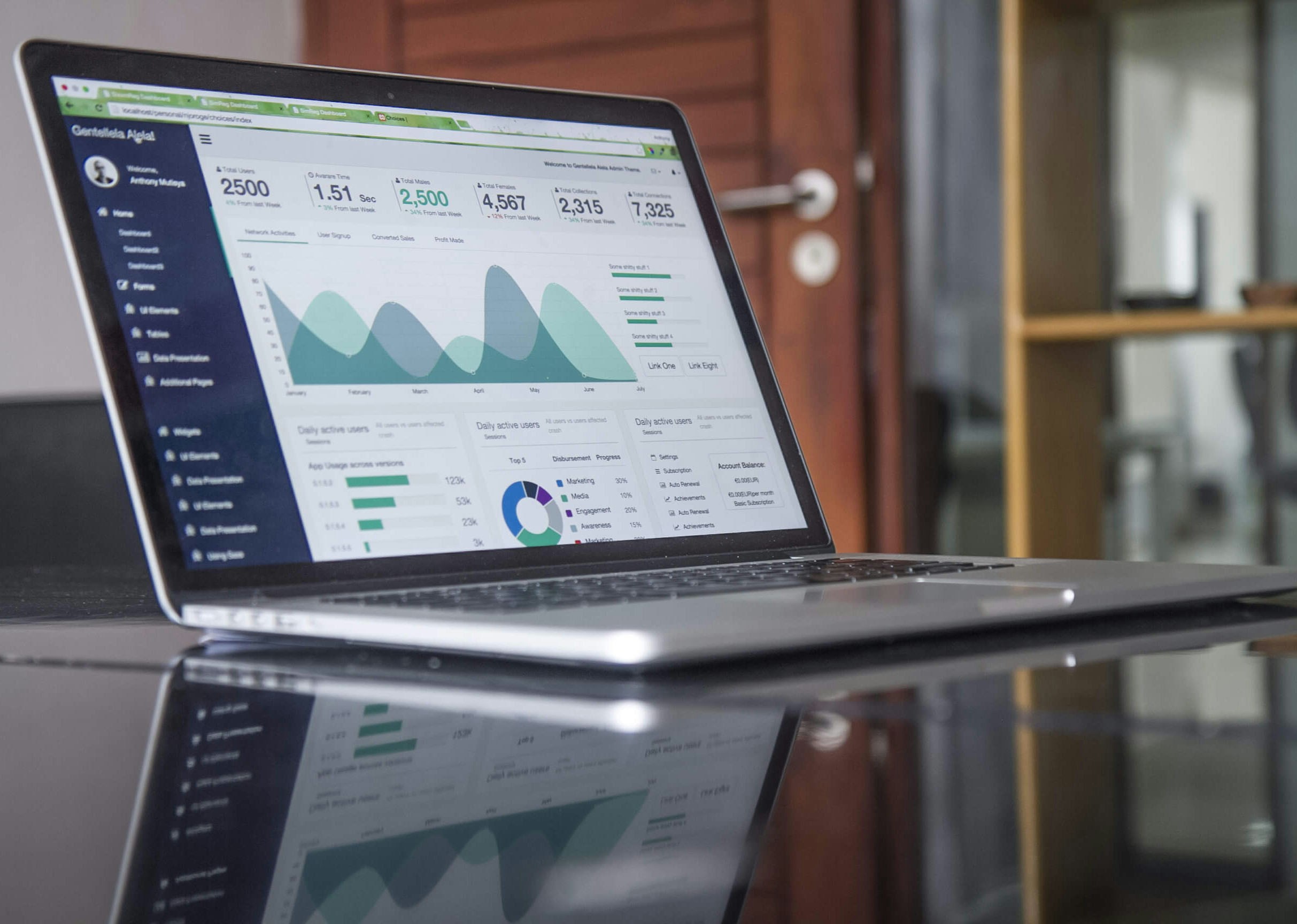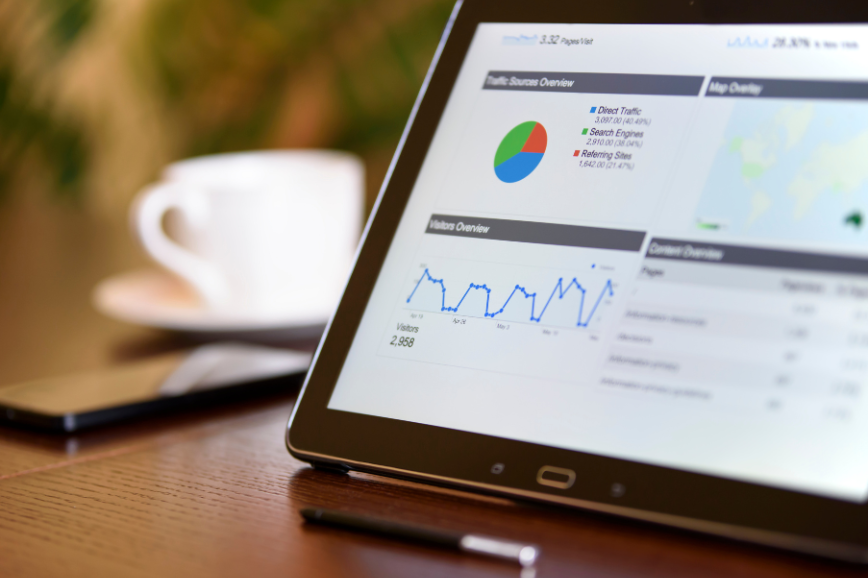How to Avoid Content Fatigue and Keep Your Marketing Campaigns Fresh

In a world where consumers are exposed to thousands of messages every day, content fatigue has become a real challenge for marketers. Content fatigue happens when your audience grows tired of repetitive or uninspired messaging, leading to lower engagement, fewer clicks, and declining conversions.
Keeping your marketing campaigns fresh isn’t just a nice-to-have — it’s essential for standing out in a crowded digital landscape. Brands that can consistently deliver innovative, relevant, and engaging content will build stronger connections and drive lasting impact.
3 Warning Signs of Content Fatigue
Before you can fix it, you need to spot it. Common signs of content fatigue include:
- Decreasing engagement and response rates – Fewer likes, shares, or comments over time.
- Audience disengagement or boredom – Loyal followers stop interacting, and new audiences don’t stick around.
- Stagnation in performance metrics – CTRs, conversions, and ROI plateau or decline despite steady effort.
4 Strategies to Prevent Content Fatigue
1. Diversify Content Formats
One of the fastest ways to fight fatigue is to switch up how you deliver your message. Different formats appeal to different audience preferences, and variety keeps content fresh.
- Video content (short-form reels, tutorials, behind-the-scenes looks) is highly engaging and continues to dominate social platforms.
- Blog posts and long-form articles not only build authority but also educate readers.
- Infographics simplify complex information and are highly shareable.
- Interactive content — such as polls, quizzes, anchor links, and accordion links encourages participation rather than passive consumption.
By mixing formats, you ensure your campaigns remain dynamic and adaptable across multiple channels.
2. Repurpose and Refresh Old Content
Creating new content from scratch takes significant time and resources. Instead, look at your top-performing assets and find ways to breathe new life into them:
- Update statistics, visuals, and examples in older articles to make them current.
- Optimize articles by adding more rich media elements
- Reformat: Turn a whitepaper into a carousel post, a webinar into a highlight reel, or a blog into an email nurture sequence.
Repurposing ensures your best content continues to deliver ROI while keeping your content library fresh.
3. Leverage User-Generated Content (UGC)
Modern consumers crave authenticity, and nothing feels more authentic than UGC. Encouraging customers to share reviews, testimonials, unboxing videos, or social media posts provides fresh material that feels genuine.
UGC not only rejuvenates your content calendar but also builds trust. According to recent studies, consumers are significantly more likely to trust peer recommendations than branded messaging. UGC also strengthens community engagement, making audiences feel like active participants in your brand story.
4. Implement Seasonal & Timely Themes
Relevance is a critical driver of freshness. Aligning campaigns with holidays, seasonal shifts, cultural events, and industry trends ensures your messaging feels current.
- Update statistics, visuals, and examples in older articles to make them current.
- Optimize articles by adding more rich media elements.
- Reformat: Turn a whitepaper into a carousel post, a webinar into a highlight reel, or a blog into an email nurture sequence.
This strategy not only prevents monotony but also creates urgency, prompting audiences to engage right now.
Engage Your Audience with Personalization in Paid Campaigns
When running paid campaigns, generic ads won’t cut it. With the advanced targeting capabilities available, audiences expect brands to deliver ads that feel relevant to their unique needs and interests. Personalization is no longer optional — it’s the key to preventing content fatigue in performance marketing.
- Data-driven targeting – Paid platforms like Meta, Google, TikTok, and programmatic networks allow marketers to use demographic data, behavioral signals, and purchase intent to serve ads to the right audience at the right time. This ensures your budget is spent efficiently while delivering relevance.
- Audience segmentation – Break down your paid campaigns into tailored segments — whether it’s new prospects, high-value customers, or cart abandoners. Each group should see creative and messaging that speaks directly to their journey stage and motivations.
- Dynamic ad creative – Platforms now support dynamic content insertion, enabling personalized ad experiences at scale. From customized product recommendations to location-specific offers, this approach boosts CTRs and keeps campaigns fresh.
- Retargeting strategies – Personalized retargeting campaigns remind users of products they browsed, highlight limited-time deals, or share tailored upsell opportunities, all while reducing ad fatigue by staying relevant.
By leveraging these personalized paid campaign strategies, brands can cut through the noise, reduce wasted impressions, and create meaningful touchpoints that drive conversions.
Track Performance and Iterate
Even the most innovative campaigns will eventually plateau if they aren’t optimized. To keep your marketing efforts fresh and avoid content fatigue, continuous performance tracking and iteration are essential. The key is to move beyond a “set it and forget it” mentality and embrace a data-driven approach where campaigns are consistently monitored, tested, and refined.
- Monitor the right metrics – Engagement metrics like click-through rates (CTR), conversion rates, time on page, bounce rates, and cost per acquisition (CPA) reveal how your content is resonating with audiences. For paid campaigns, also track frequency (how often the same user sees your ads) to avoid oversaturation — a leading cause of ad fatigue.
- A/B and multivariate testing – Experiment with variations in subject lines, headlines, visuals, CTAs, and landing page layouts. Even minor tweaks — like adjusting ad copy length or testing two versions of a product image — can significantly improve performance. Multivariate testing allows you to optimize multiple elements at once to find the best-performing combination.
- Leverage advanced analytics tools – Platforms like Google Analytics 4, Meta Ads Manager, TikTok Ads Manager, and programmatic DSP dashboards provide granular insights into how audiences interact with your campaigns. By analyzing cross-channel performance, you can see which platforms, formats, and targeting strategies deliver the strongest ROI.
- Optimize in real time – Marketing in 2025 requires agility. If engagement drops, pivot quickly by refreshing creative, testing new audience segments, or adjusting bid strategies. Iteration is not just about fixing what doesn’t work but also about amplifying what does.
- Learn from patterns over time – Tracking performance across multiple campaigns reveals trends in audience behavior. For example, you may find that video ads consistently outperform static images or that certain audience segments engage more during specific times of year. These insights help guide future campaign planning and prevent stagnation.
By making performance monitoring and iteration a continuous cycle, marketers can adapt to changing consumer behaviors, reduce wasted ad spend, and keep campaigns consistently fresh and effective. Ultimately, iteration is what transforms one-off creative ideas into long-term, scalable growth strategies.
Collaborate with Agencies & Third-Party Creators
Sometimes the most effective way to refresh your marketing is by stepping outside of your own brand bubble. Partnering with agencies and third-party creators injects fresh perspectives, ensures constant content variety, and helps prevent campaigns from going stale.
At GeistM, we’ve built this approach into our model:
- Third-party publishing power – GeistM owns a network of publisher sites where we can host long-form articles, listicles, and reviews about your brand. Instead of relying solely on brand-owned channels, campaigns can run through trusted third-party handles, adding credibility and building consumer trust in ways direct brand ads often can’t.
- In-house creative expertise – Our team of creators, content strategists, and data analysts produces a full spectrum of assets tailored to your brand. From longform articles to UGC-style videos for paid campaigns, we handle concepting, production, and ongoing optimization to ensure your content resonates across formats.
- Continuous refresh and testing – Content isn’t static. We regularly refresh, split test, and iterate to keep messaging sharp and performance strong. This data-driven process helps prevent fatigue by ensuring audiences don’t see the same stale ads over and over.
- Personalized audience experiences – With our ability to craft content for different audience segments, we add a personal touch while still maintaining the authority of a third-party perspective. By distributing through our publishers and paid channels, we put the right content in front of the right audience at the right time.
Collaborating with GeistM doesn’t just provide new content — it gives you an entire ecosystem of publishers, expert creators, and analysts working to keep your campaigns fresh, trustworthy, and continuously optimized for maximum engagement.
The most successful brands will be those that embrace adaptability — refreshing strategies, testing new approaches, and evolving alongside their audiences to maintain lasting engagement.
If your brand is ready to fight content fatigue and keep campaigns performing at their peak, GeistM can help you stay ahead of the curve.






